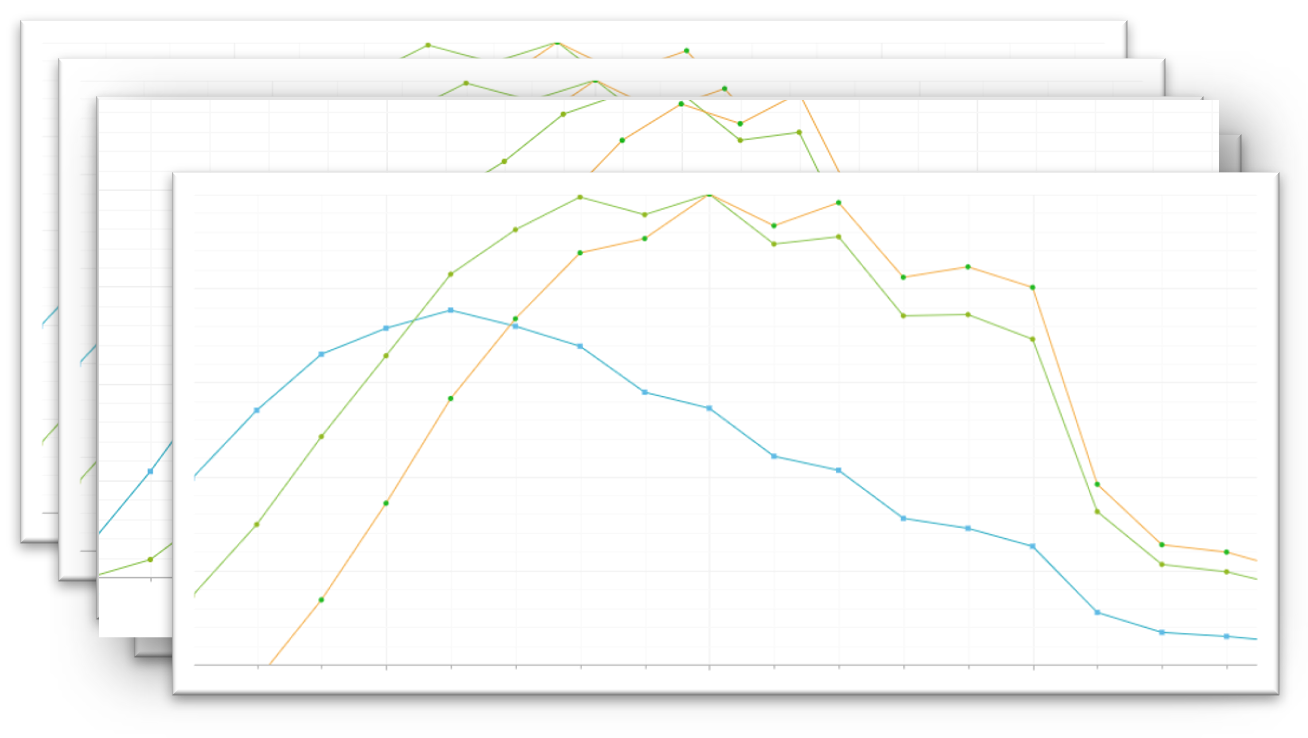5 Ways to Improve Success When Pricing New Products
 PriceBeam
·
4 minute read
PriceBeam
·
4 minute read

Fully 85% of all innovations fail, meaning that one year after the launch of the new product or service the company considers that expectations were not met, or that even the product has been pulled from the market place. Why is this? Well, one of the key reasons is that customers' perception of what the product is worth is not met, either because the product itself under-performs, or because the price is too high vs the value delivered to the customers. In other words, a mismatch between price and willingness-to-pay.
Here are five tips and suggested actions on how to improve the success of product launches by pricing more scientifically and aligned with customers' willingness-to-pay.
Success Factor 1: Understand your customers' real willingness-to-pay
What are customers willing to pay for a product or service? While it should be a very obvious question to ask at any point in time, also when launching new products, it often is a question that is not asked, or conclusions are given beforehand. And this is one of the key reasons that new product innovations fail:
If the price is higher than customers' Willingness-to-Pay then you will not sell enough. If the price is lower than customers' WtP then profit is missed and there is not enough to re-invest in the market development.
Understand what your customers are willing to pay, both overall and by relevant customer segment. With modern cloud technology like PriceBeam's this can be done quickly and cost-effectively.
Success Factor 2: Test different concepts
Most products or services come in different configurations with specific features and benefits. During the innovation and development process it is the norm to consider different feature sets and decide on those that are deemed to matter the most for customers. However, also here don't rely on gut feeling, but test the willingness-to-pay of different concepts. In its simplest form, it could be something as simple as comparing to concepts:
| Concept A | Concept B |
|
Feature 1 |
Feature 1 |
|
Disposición a Pagar: $25 |
Disposición a Pagar: $30 |
Such data indicates that Feature 6 is $5 more valuable than Feature 5.
When developing the product or service, make sure to have several checkpoints throughout the process, where different concepts are tested and customer valuations are estimated scientifically.
Success Factor 3: One Dollar/Euro/Pound/Yen spent 12 months before launch is worth 10 on the day of launch and 100 after launch
Launching a product and failing is very costly. Production or delivery needs to be stopped, customers and channel partners are upset and in companies with just a few products it may even cost the company everything.
Changing pricing just before launch based on gaining the understanding of the willingness-to-pay in the last days, weeks or month before launching can also be expensive, though typically not as expensive as when having to close a product or business down. But any last-minute pricing changes may still mean under-delivery of sales and profits versus the agreed business case: if you are expecting to sell at a price of $30, but then have to lower the price because last minute price research shows that customers are only willing to pay $20 can also cost a company dearly. Maybe the product should never have been launched if customers really only see two thirds of the value that the company believes in. But potentially millions have already been spent on R&D, and many internal stakeholders have put their name behind the launch, so they may still go ahead.
Now imagining having started testing concepts 12 months before launch: the product development is not finished yet, so adjustments can still be made without costing a fortune. The R&D team can even get hints as to what feature sets to target and develop further, that they may not even have fully considered initially.
So not only does early including of willingness-to-pay insights mean a better market alignment, that can lead in to many more millions in sales, but it also limits unnecessary costs for first developing and later selling a product with a price out of sync with what the market is willing to pay.
Success Factor 4: One price does not (always) fit all
While some product categories focus on just as single version of the new product, very often it is possible to launch different versions or editions of the product. Think different sizes or ingredients in packaged consumer goods, different technical specs in e.g. electronics or software, different levels of service/delivery speeds/certainty in service industries. Just as it is possible to have different product versions, it is also very common to see that some customers are actually willing to pay more than other customer segments. So what professional pricing teams must do is to segment the market along willingness-to-pay and match product feature sets to those customer segments. Those who want to pay extra for features/service/speed/etc get product A with a higher price and those who just want the basic feature set get product B with a commensurable, lower price.
Success Factor 5: Not all countries have the same willingness-to-pay
Just like the case where customers in a single country have differences in their willingness-to-pay, this difference becomes even more evident when comparing WtP between countries. What a German customer is willing to pay for the latest innovation may be more than twice as much as what a Brazilian customer is willing to pay; or half of what a Japanese customer wants to pay.

Best practice is to collect pricing insights for a variety of markets and then differentiate the offering by country, like the example above. In each country, the demand curve has a different shape. This is absolute standard and norm for most industries. It is very rare to find in the real world products where all countries show the same or similar WtP.
For companies with local focus, this is straightforward. For global(ish) companies it can sometimes be more difficult to explain to customers why there are differences in internationally comparable prices, in which case the trick is to difference local deliverables, such as after-sales service, certain promotions, features, or other characteristics that may be local.
Are you facing challenges or issues when pricing your new products? PriceBeam world-class price research platform can help understand what customers are willing to pay for different options. You can directly test various concepts and use the willingness-to-pay comparison to decide which concept resonates most favourably with customers. Book at demo to learn more.
.png?width=400&height=100&name=PBLogoTransparent%20(1).png)




